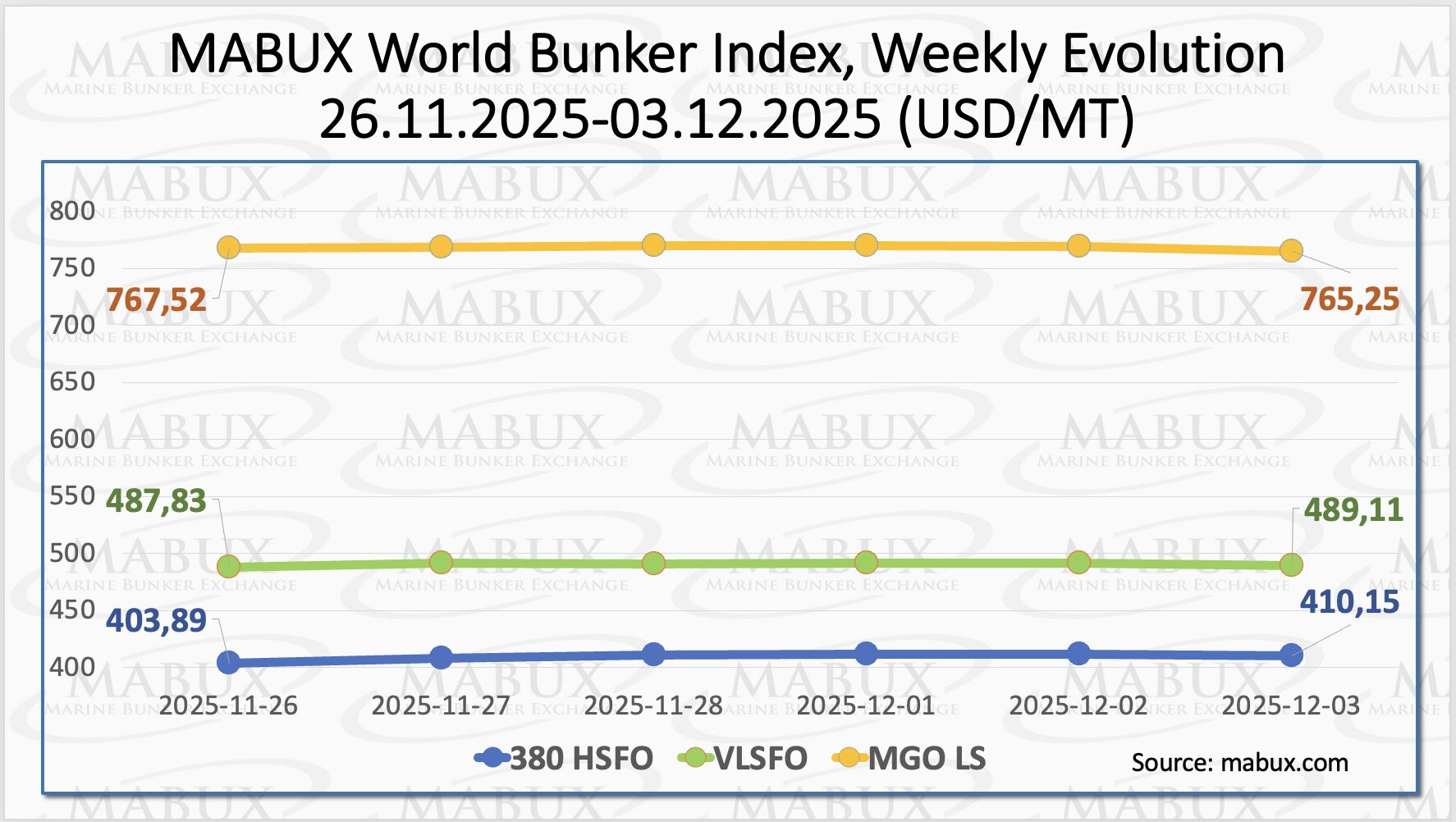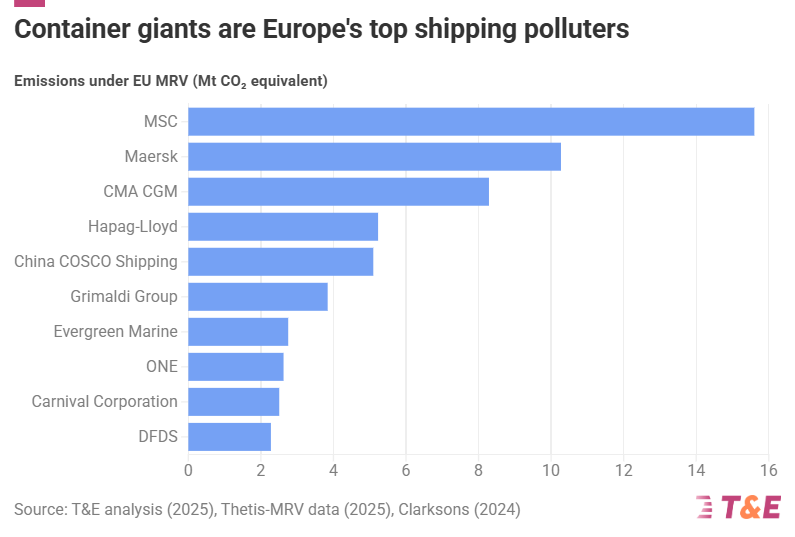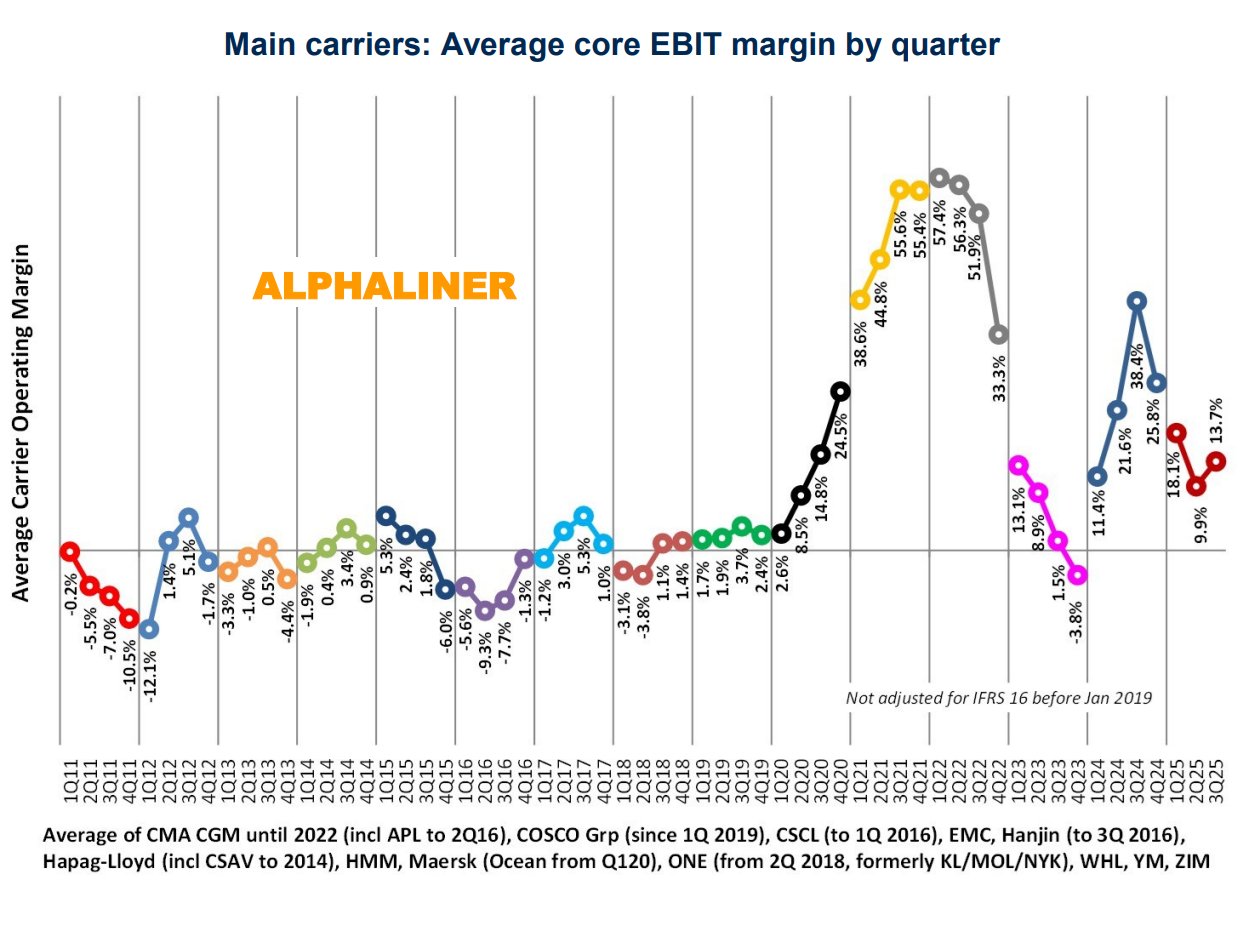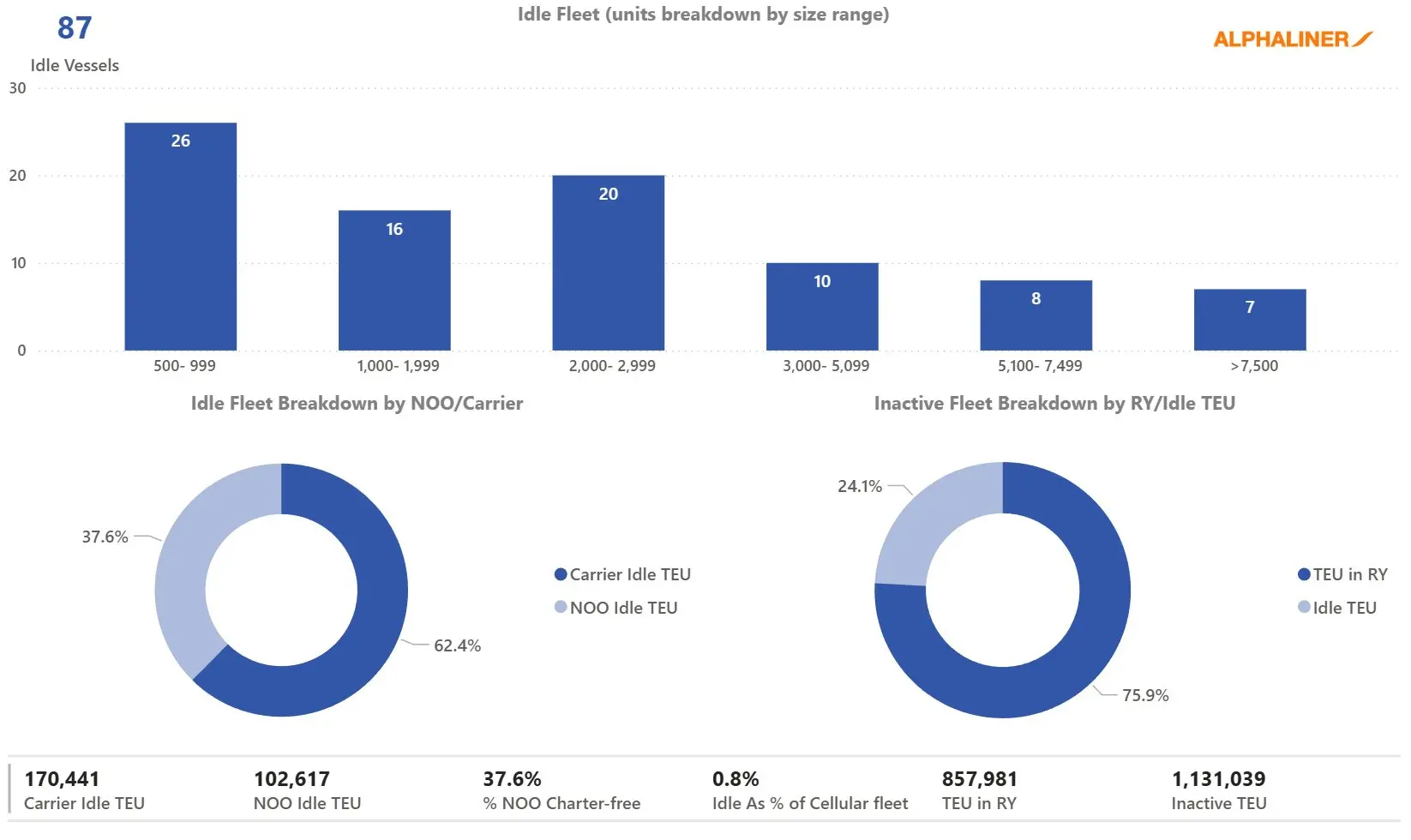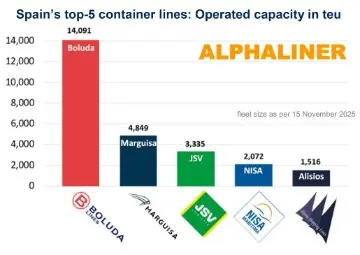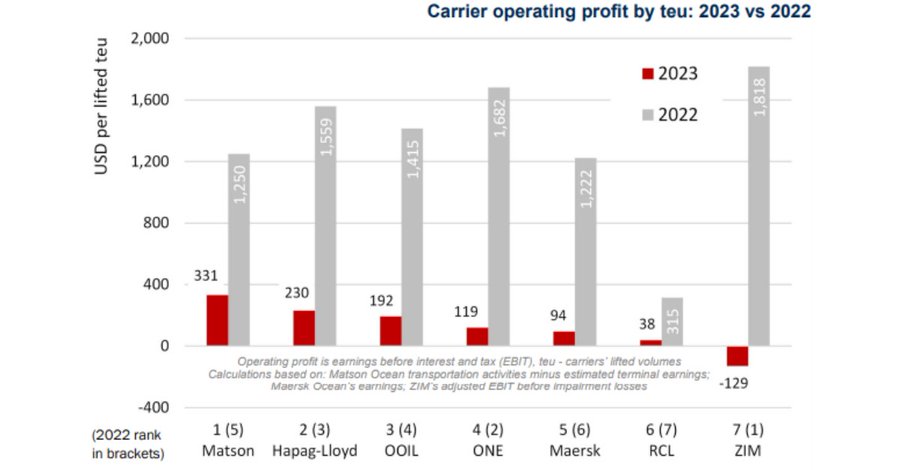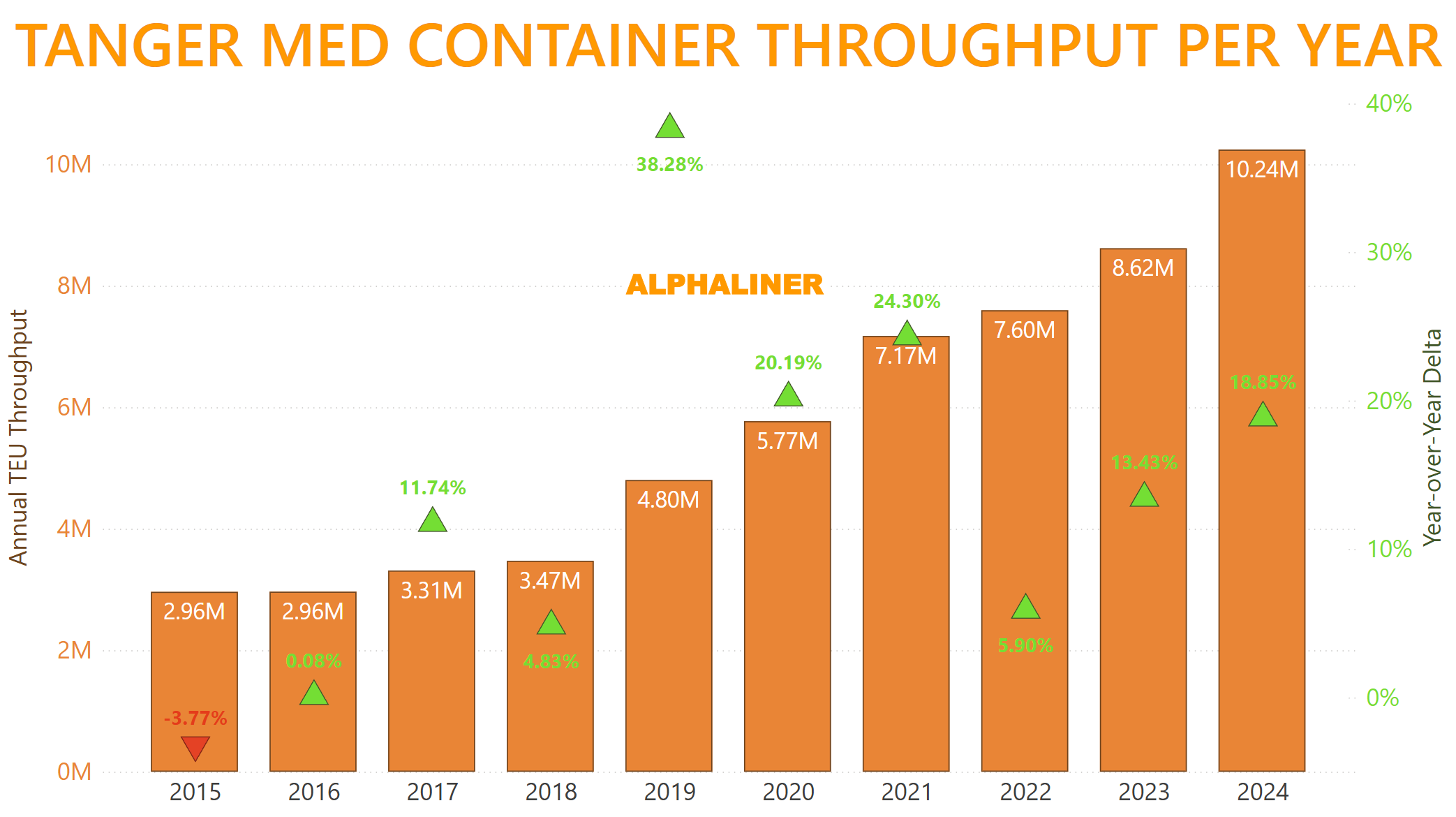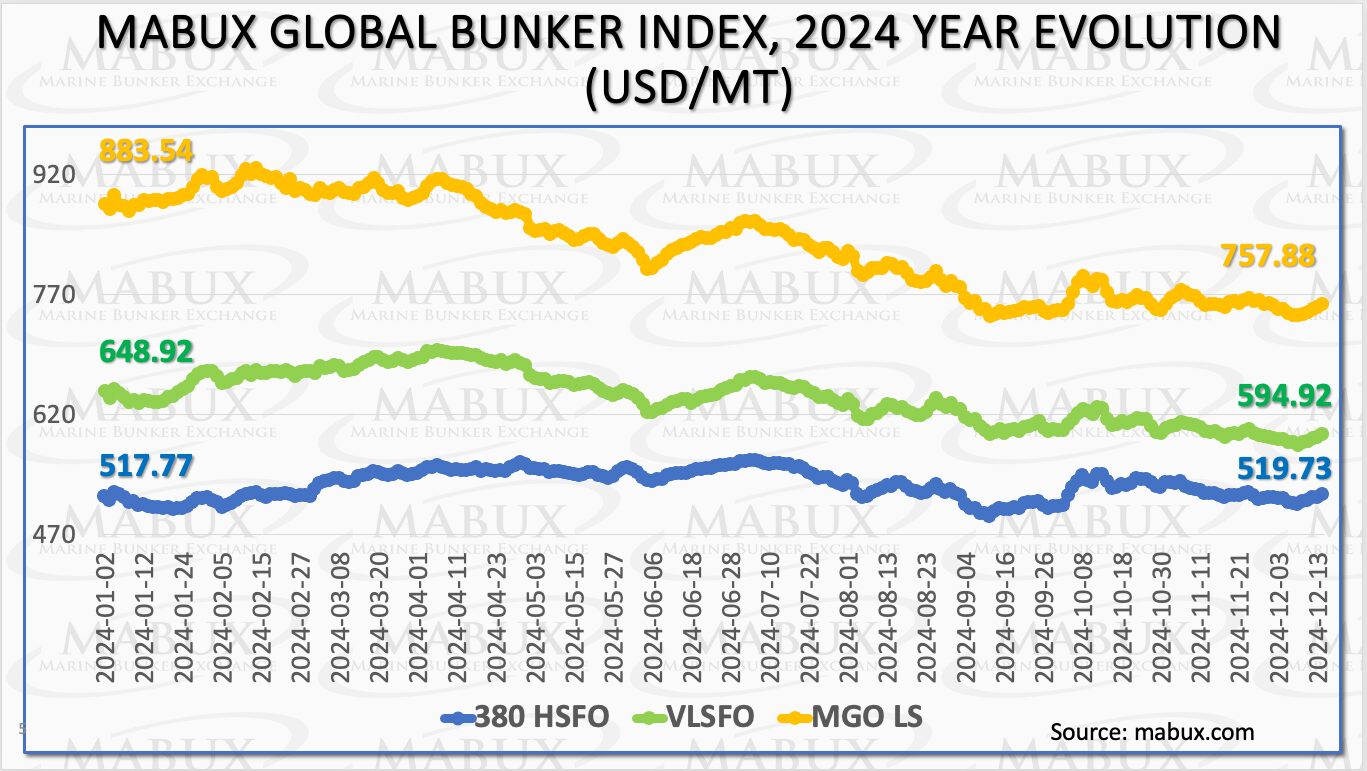
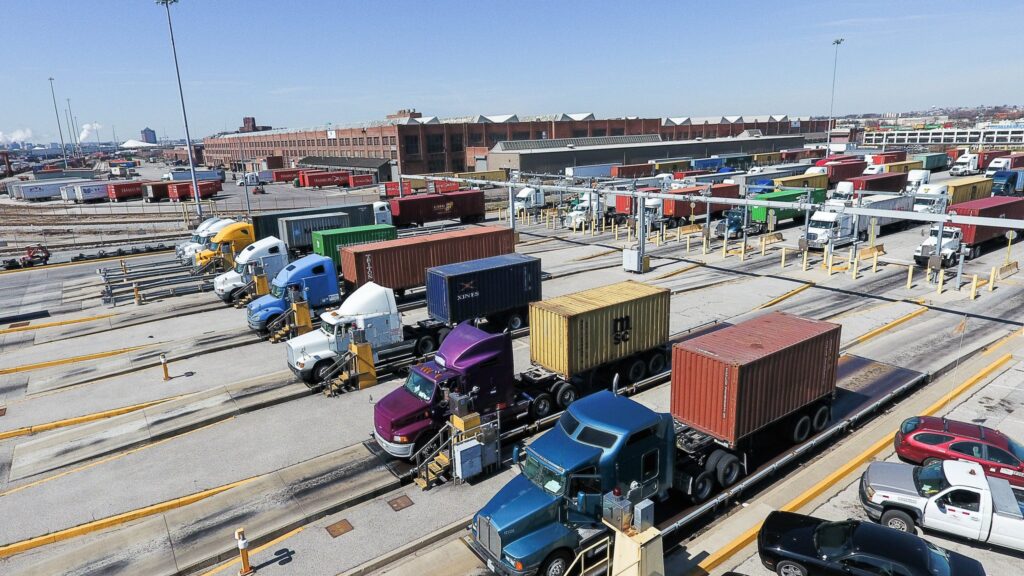
The recent incident involving the Francis Scott Key Bridge in Baltimore, Maryland, which was struck by a container ship, is expected to have a significant impact on the local port and shipping operations, while its effect on the overall US economy remains relatively limited. The bridge collapse occurred in the early hours of Tuesday, the 26th of March’24, plunging cars into the river below and leading to the suspension of traffic at the port until further notice, according to Maryland transportation authorities.
“Collapse of the Francis Scott Key Bridge in Baltimore is a stark reminder of the fragility of our infrastructure and the critical need for resilience in the face of unexpected events.” said Christian Roeloffs, cofounder and CEO of Container xChange, an online global container logistics platform, based in Hamburg, Germany.
“As we navigate the aftermath, we are reminded that the container logistics industry centers around the critical need for robust risk management and resilience in supply chain operations. It highlights the importance of contingency planning, diversified routing options, and the integration of real-time tracking and analytics to mitigate the impacts of unforeseen events. This incident serves as a reminder that infrastructure vulnerabilities can lead to disruptions, and being prepared with flexible, adaptive strategies is essential for maintaining continuity in the face of challenges.” Roeloffs added.
While the full extent of the impact is yet to be determined, the collision is likely to have far-reaching consequences for the Port of Baltimore and its role in the regional and national economy.
Collapse of the Francis Scott Key Bridge in Baltimore is a stark reminder of the fragility of our infrastructure and the critical need for resilience in the face of unexpected events.” said Christian Roeloffs
The container vessel “DALI,” was operated by Synergy Group and time-chartered by Maersk. Maersk has confirmed that no crew or personnel were onboard the vessel at the time of the incident.
Areas of Implications to look for in the coming weeks:
Impact on Container Movement
The collapse of the Francis Scott Key Bridge has led to the suspension of traffic at the Port of Baltimore, a key gateway for container shipping. With more than 40 ships remaining inside the port and at least 30 others signalling their destination as Baltimore, the incident has disrupted the movement of containers.
As Baltimore is one of the smallest container ports on the Northeastern seaboard, handling 265,000 containers in the fourth quarter of last year, the flow of containers may be redirected to larger ports such as the Port of New York and New Jersey. This redirection could result in increased congestion and delays at these ports, affecting the timely delivery of goods and potentially leading to inventory shortages.
Impact on Port Operations
The harbor is one of the busiest in the country and an important hub for shipping on the US east coast, especially in transporting road vehicles. It also handles farming, construction machinery, and coal, according to a Maryland government website. Port traffic was suspended until further notice following the bridge collapse.
The Port of Baltimore serves as a vital link for raw materials and manufactured goods, facilitating trade into and out of Maryland, the mid-Atlantic region, and the Midwest United States. It ranks at or near the top of all U.S. ports in handling farm and construction machinery, automobiles, imported forest products, imported sugar, imported gypsum, and exported coal. The port’s infrastructure, including a 50-foot-deep channel and large cranes, allows it to accommodate massive containerships, such as the Evergreen Ever Max, which arrived at Seagirt Marine Terminal in mid-August 2023.
While the magnitude of the impact is yet to be determined, the disruption in traffic and operations at the port could lead to significant economic losses. The port generates nearly $3.3 billion in total personal income and supports over 15,000 direct jobs, with an additional 139,000 jobs connected to port work. The suspension of port activities could result in financial hardships for businesses and individuals dependent on port-related activities.
Source: Container xChnage

